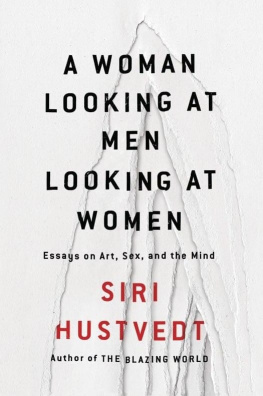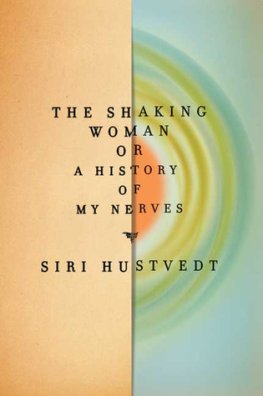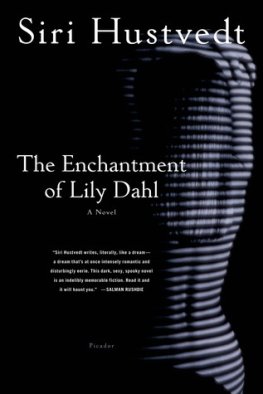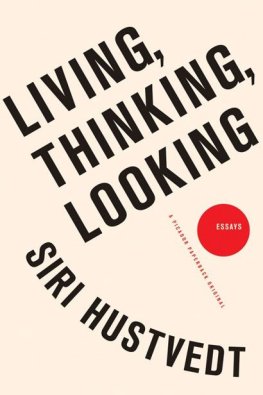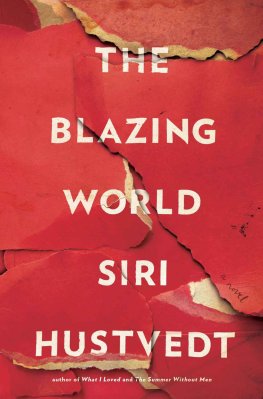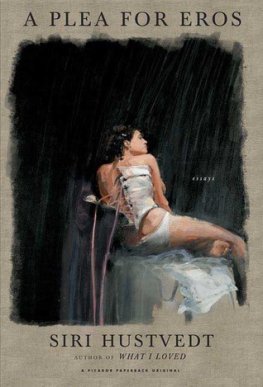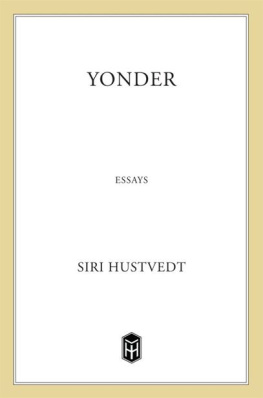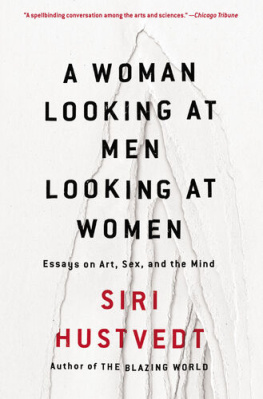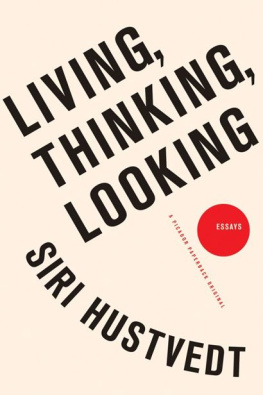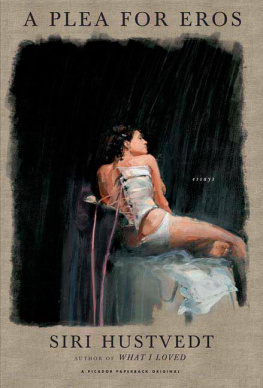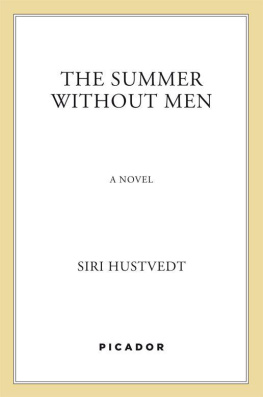CONTENTS
INTRODUCTION
I N 1959, C. P. Snow, an English physicist turned popular novelist, gave the annual Rede Lecture in the Senate House of the University of Cambridge. In his speech, The Two Cultures, he bemoaned the gulf of mutual incomprehension that had opened up between physical scientists and literary intellectuals. Although Snow acknowledged that well-read scientists existed, he claimed they were rare. Most of the rest, when one tried to probe for what books they had read, would modestly confess, Well Ive tried a bit of Dickens, rather as though Dickens were an extraordinarily esoteric, tangled and dubiously rewarding writer, something like Rainer Maria Rilke. For the record, Snows glib remarks that Dickenss work is transparent and Rilkes too opaque to give pleasure, which he implies reflect global literary opinion, strike me as highly dubious. But the man was working his way toward a point. Although Snow regarded the scientists lack of literary knowledge as a form of self-impoverishment, he was far more irritated by the characters on the other side of the gulf. He confessed that once or twice in a pique, he had asked those smug representatives of what he called the traditional culture to describe the second law of thermodynamics, a question he regarded as equivalent to Have you read a work of Shakespeares? Did the defenders of tradition redden and wilt in shame? No; he reported that their response was cold and negative.
Snow called for an overhaul in education to fix the problem. He criticized Englands emphasis on classical educationGreek and Latin were essentialbecause he was convinced that science held the key to saving the world, in particular improving the plight of the poor. Snows resonant title and the fact that his talk precipitated an ugly, personal rejoinder from F. R. Leavis, a noted literary critic of the day, seems to have guaranteed his words a lasting place in Anglo-American social history. I have to say that when I finally read Snows lecture and then the expanded version of it, not long ago, I was severely disappointed. Although he identified a problem that has only grown more urgent in the last half century, I found his discussion of it wordy, wan, and a little nave.
Few scientists today feel Snows need to be protected from snooty literary intellectuals because science occupies a cultural position that can only be described as the locus of truth. And yet, in spite of spectacular advances in technology since 1959, Snows implacable faith that science would soon solve the worlds problems proved misguided. The fragmentation of knowledge is nothing new, but it is safe to say that in the twenty-first century the chances of a genuine conversation among people in different disciplines has diminished rather than increased. A man who sat on a panel with me at a conference in Germany acknowledged that within his own field, neuroscience, there are serious gaps in understanding created by specialization. He said frankly that although he was informed about his own particular area of expertise, he had any number of colleagues working on projects that were simply beyond his understanding.
In the last decade or so, I have repeatedly found myself standing at the bottom of Snows gulf, shouting up to the persons gathered on either side of it. The events that have precipitated my position in that valley generally fall under that pleasant-sounding rubric interdisciplinary. Time and again, I have witnessed scenes of mutual incomprehension or, worse, out-and-out hostility. A conference organized at Columbia University to facilitate a dialogue between neuroscientists working on visual perception and artists was instructive. The scientists (all stars in the field) gave their presentations, after which a group of artists (all art-world stars) were asked to respond to them. It did not go well. The artists bristled with indignation at the condescension implicit in the very structure of the conference. Each bearer of scientific truth gave his or her lecture, and then the creative types, lumped together on a single panel, were asked to comment on science they knew little about. During the question-and-answer period, I made a bid for unification, noting that despite different vocabularies and methods, there really were avenues open for dialogue between scientists and artists. The scientists were puzzled. The artists were angry. Their responses were commensurate with the position they had been assigned on the hierarchy of knowledge: science on top, art on the bottom.
Many of the essays in this volume draw on insights from both the sciences and the humanities. They do so, however, with an acute awareness that the assumptions made and methods used in various disciplines are not necessarily the same. The physicists, the biologists, the historians, the philosophers, and the artists modes of knowing are different. I am wary of absolutism in all its forms. In my experience, scientists are more alarmed by such a statement than people in the humanities. It smacks of relativism, the idea that there is no right and wrong, no objective truth to be found, or, even worse, no external world, no reality. But to say that one is suspicious of absolutes is not the same as saying, for example, that the laws of physics do not theoretically apply to everything. At the same time, physics is not complete, and disagreements among physicists are ongoing. Even settled questions may produce more questions. The second law of thermodynamics, the law Snow insisted upon as a sign of scientific literacy, explains how energy will disperse if it isnt hindered from doing so, why an egg plucked from boiling water and placed on the kitchen counter will eventually cool down. And yet, at the time Snow gave his talk, there were open questions about how this law applied to the origin and evolution of life-forms. In the years following Snows lecture, Ilya Prigogine, a Belgian scientist, and his colleagues refined questions about the law in relation to biology and received a Nobel Prize for their efforts. Their research into nonequilibrium thermodynamics led to growing interest in self-organizing systems that has affected science in ways Snow might not have imagined.
But let us return to the angry artists for a moment. What is knowledge and how should we think about it? The artists felt that they had just watched the work they had spent their lives making reduced to either neural correlates in an anonymous brain or a biological theory of aesthetics, which they found startlingly simplistic. I am interested in biological systems and how human perception works. I believe that neurobiology can contribute to an understanding of aesthetics, but it cannot do so in a vacuum. Two central claims I make in this book are that all human knowledge is partial, and no one is untouched by the community of thinkers or researchers in which she or he lives. Gulfs of mutual incomprehension among people in various disciplines may be unavoidable. At the same time, without mutual respect, no dialogue of any kind will be possible among us.
As a young person, I read literature, philosophy, and history. I also developed an abiding interest in psychoanalysis that has never ceased. I received a PhD in English literature in the mid-eighties. (I wrote my dissertation on Charles Dickens, which no doubt explains my irritation at Snows assessment of the writer.) About twenty years ago, I began to feel that my education lacked what I now call the biological piece. Like many people immersed in the humanities, I was mostly ignorant of physiology, although as a migraine sufferer I had read a number of books for laypeople about neurology and neurological illness. I was also fascinated by psychiatric disorders and the fluctuations of diagnostic categories, so I was not entirely ignorant of medical history. By then neuroscience research had exploded, and I set out to learn about that much-studied organ: the brain. Although my investigations were not formal, I read enormously, attended lectures and conferences, asked questions, developed a number of friendships with working scientists, and, little by little, what had been difficult and inaccessible to me became increasingly legible. In recent years I have even published a few papers in scientific journals.

